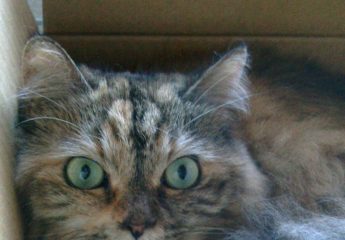In the two years from June 1960, through May 1962, more than 850 companies sold their stock to the public for the first time―an average of more than one per day. In late 1967 the IPO market heated up again; in 1969 an astonishing 781 new stocks were born. That oversupply helped create the bear markets of 1969 and 1973–1974. In 1974 the IPO market was so dead that only nine new stocks were created all year; 1975 saw only 14 stocks born. That undersupply, in turn, helped feed the bull market of the 1980s, whenroughly 4,000 new stocks flooded the market―helping to trigger the over-enthusiasm that led to the 1987 crash. Then the cycle swung the other way again as IPOs dried up in 1988–1990. That shortage contributed to the bull market of the 1990s―and, right on cue, Wall Street got back into the business of creating new stocks, cranking out nearly 5,000 IPOs. Then, after the bubble burst in 2000, only 88 IPOs were issued in 2001―the lowest annual total since 1979. In every case, the public has gotten burned on IPOs, has stayed away for at least two years, but has always returned for another scalding. For as long as stock markets have existed, investors have gone through this manic-depressive cycle.
―The Intelligent Investor, Chapter 6, footnote
まとめ
1960-1962にIPOブーム、850社。1969年に再び大ブームで781社→供給過剰で1969, 1973-1974年に大不況
ブームが去り1974年に9社、1975は14社→供給不足により1980年は株価暴騰
1980年代は再度ブーム、4000社が上場→1987年にクラッシュ
1990年代は反動で5000社のIPO→ITバブル→2000年に死亡、2001年はほんの88社
歴史は繰り返す。
